 The Minneapolis Institute of Art (Mia) is pleased to announce the winner of the 2018 3M Art and Technology Award: “Riddle Mia This”, a mobile app proposed by technology architect Colin McFadden and digital preservation specialist Samantha Porter of the University of Minnesota, Twin Cities. McFadden and Porter will receive $50,000 toward the development of the project, which is an app that turns the museum into a puzzle room, providing a new, interactive way to deepen visitor engagement with Mia’s collection.
The Minneapolis Institute of Art (Mia) is pleased to announce the winner of the 2018 3M Art and Technology Award: “Riddle Mia This”, a mobile app proposed by technology architect Colin McFadden and digital preservation specialist Samantha Porter of the University of Minnesota, Twin Cities. McFadden and Porter will receive $50,000 toward the development of the project, which is an app that turns the museum into a puzzle room, providing a new, interactive way to deepen visitor engagement with Mia’s collection.
“The 3M Art and Technology Award was created to encourage innovative thinkers like Colin and Samantha to push boundaries and change the way visitors experience the museum,” said Douglas Hegley, chief digital officer at Mia. “We believe that digital technology can enable people to develop a powerful relationship with art, by inspiring the imagination and fostering curiosity.”
Founders of the Advanced Imaging Service for Objects and Spaces at the University of Minnesota, McFadden and Porter combined their expertise in 3D scanning, object creation, and virtual reality with their love of Twin Cities gaming communities to come up with their idea. The app will turn Mia’s permanent collection and digital assets—including X-rays of paintings and 3D scans of objects—into a game in which players solve a series of riddles using clues, hints, and strategy.
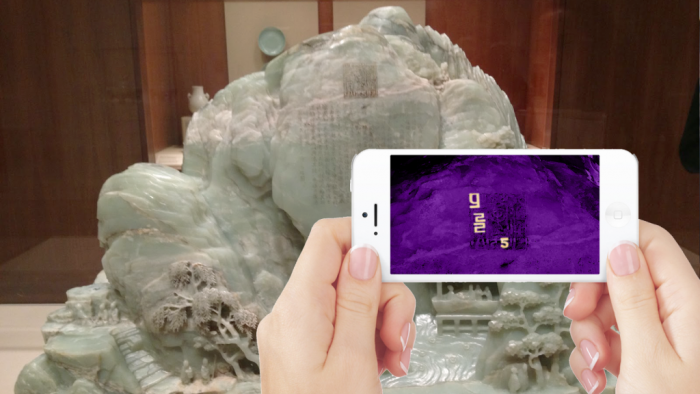
To develop the app, McFadden and Porter are partnering with GLITCH, a community-driven arts and education center for emerging game makers. GLITCH specializes in a collaborative design process that brings organizations together with like-minded communities and game makers to create meaningful interactive experiences.
McFadden and Porter hope “Riddle Mia This” will resonate with younger museum visitors.
“We immediately saw a chance to combine all this cool technology with the really exciting social interaction, problem solving, and exploration that comes with puzzle rooms,” said McFadden. “We knew we couldn’t go knocking holes in the museum to build hidden passageways and plant clues, but augmented reality technology will let us create a whole new universe within the museum. We’re incredibly honored to receive this award, and we can’t wait for everyone to be able to come unlock the mysteries of the museum.”
McFadden and Porter’s project was chosen by an expert panel of technology industry leaders that included Kate Boeckman, director of TR Labs Engineering at Thomas Reuters; Tim Brunelle, vice president creative director at BBDO; Peter de Sibour, brand design manager at 3M; Jenny Holman, vice president of strategy and solutions development at Clockwork; Jasmine Kar Tang, Ph.D., co-director of the center for writing at the University of Minnesota; and Patrick Kennedy, media & entertainment digital transformation lead of Accenture. 3M is the title sponsor of the award, with additional generous support provided by Accenture. More than 60 people applied for the 3M Art and Technology Award, and finalists included Sasha Kramer and Susan Wei with the project “Journeys Through Song” and Adeel Ahmad with “Loci Device.”
Founded in 2015, the 3M Art and Technology Award is now in its third and final year.
“We want to thank 3M, Accenture, our judges, and everyone who participated in this program and submitted proposals for the award,” said Kaywin Feldman, Nivin and Duncan MacMillan Director and President of Mia. “These projects embrace the idea that anything is possible and creativity is limitless.”
Mia website: https://new.artsmia.org/
3M Art and Technology award: https://new.artsmia.org/art-tech-award/



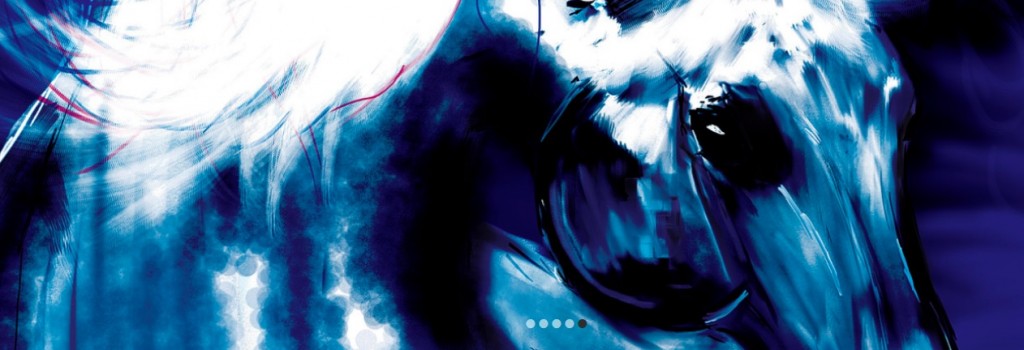
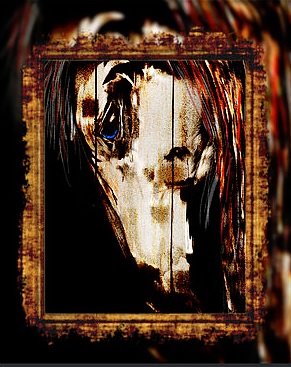 GG endeavours to depict the horse in a state of freedom, expressing the true nature and spirit of the horse. Being a horse lover and owner of a beautiful grey warmblood, she understands horses at a deep level, and understands their need for expression.
GG endeavours to depict the horse in a state of freedom, expressing the true nature and spirit of the horse. Being a horse lover and owner of a beautiful grey warmblood, she understands horses at a deep level, and understands their need for expression.




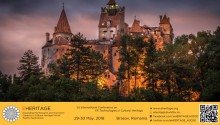
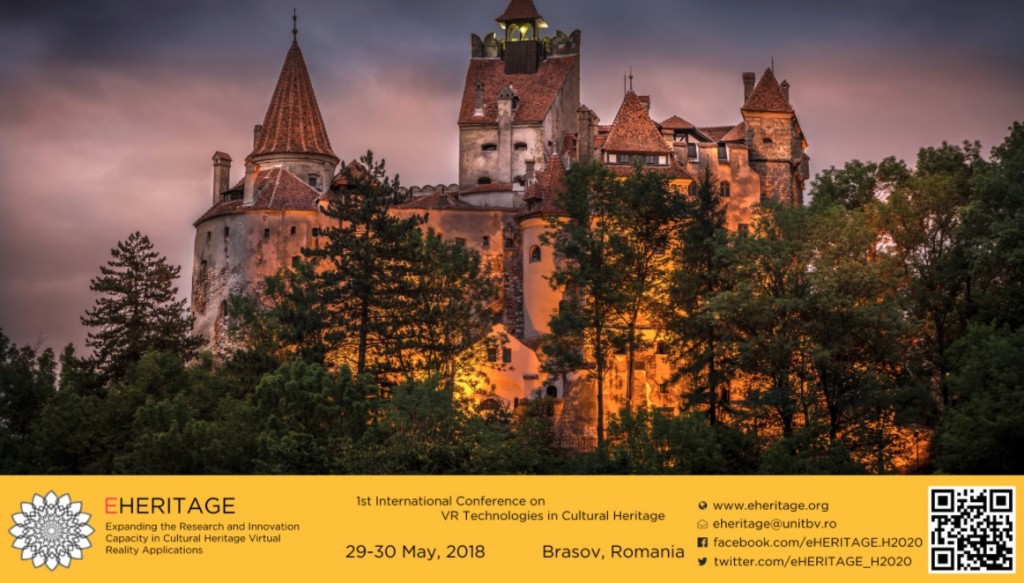
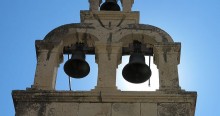
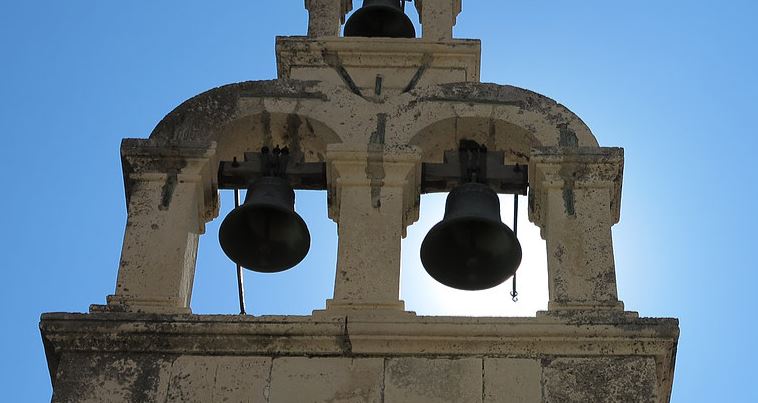




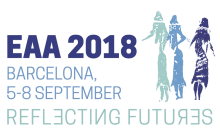
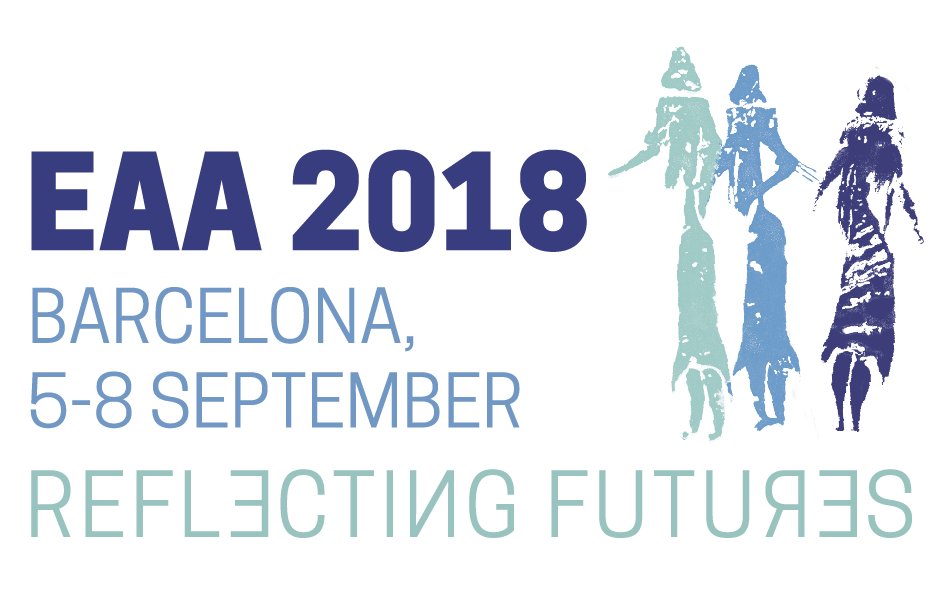
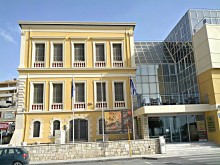
 As an essential aspect of documentation, Provenance of Knowledge refers to the attempt to trace the origins of the information and knowledge about an object, an entity or an idea in order to reconstruct the whole chain of creation, use, interpretation and dissemination of relevant information and knowledge. The ultimate purpose of this reconstruction is to confirm, illustrate, and validate the information and knowledge contained in the documentation in order to facilitate understanding across times and cultures. In this way, it contributes to scholarly citation in information handling while connecting all the material evidence kept in museums and other memory institutions.
As an essential aspect of documentation, Provenance of Knowledge refers to the attempt to trace the origins of the information and knowledge about an object, an entity or an idea in order to reconstruct the whole chain of creation, use, interpretation and dissemination of relevant information and knowledge. The ultimate purpose of this reconstruction is to confirm, illustrate, and validate the information and knowledge contained in the documentation in order to facilitate understanding across times and cultures. In this way, it contributes to scholarly citation in information handling while connecting all the material evidence kept in museums and other memory institutions.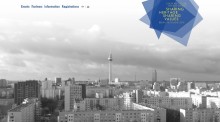
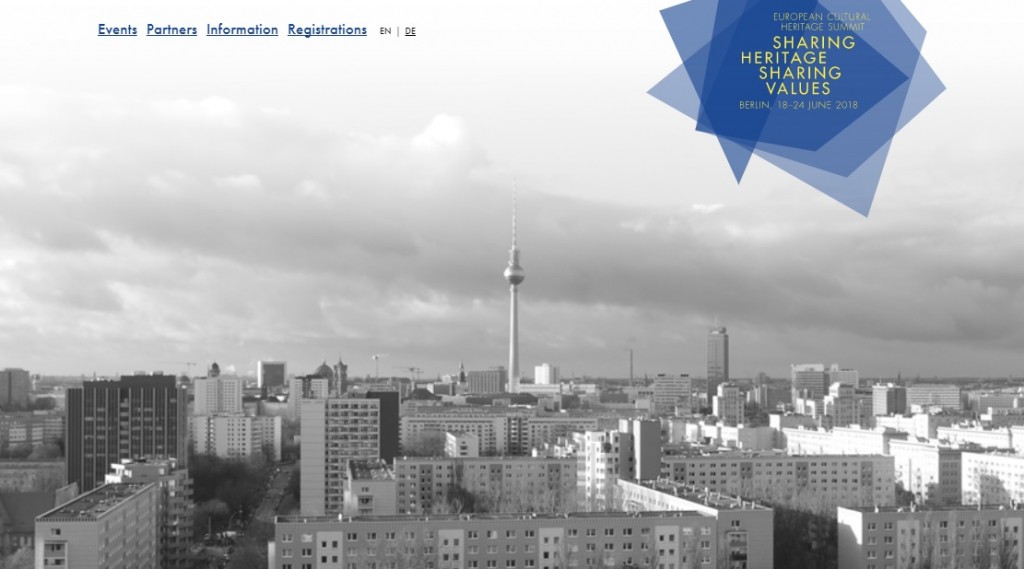

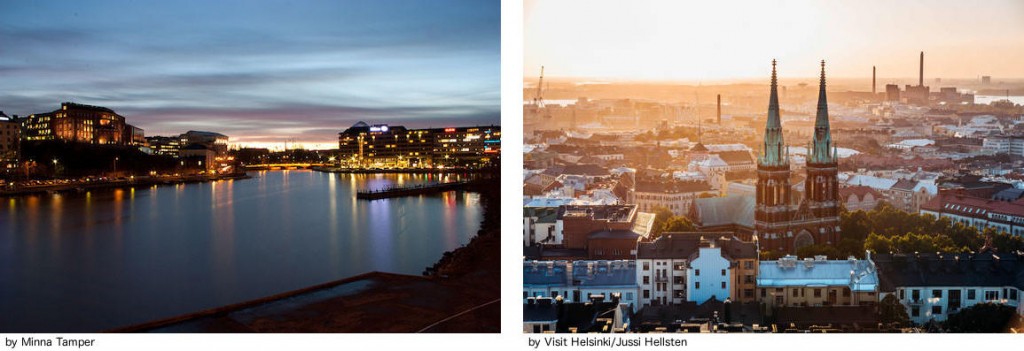
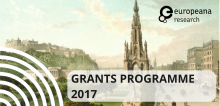
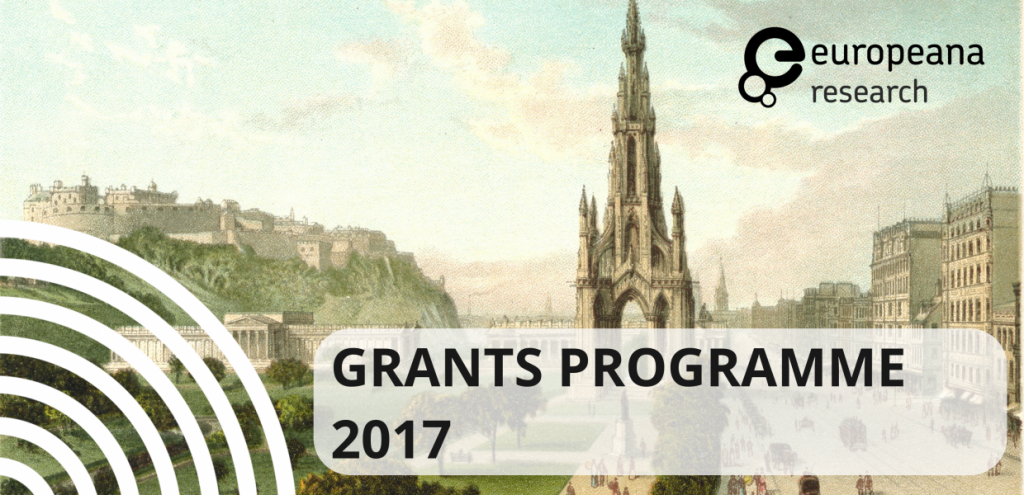
 If you have interesting news and events to point out in the field of digital cultural heritage, we are waiting for your contribution.
If you have interesting news and events to point out in the field of digital cultural heritage, we are waiting for your contribution.







































